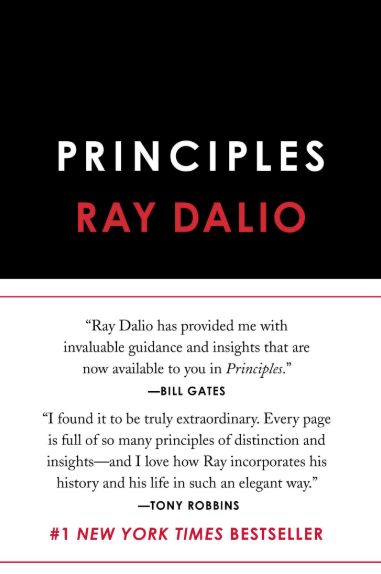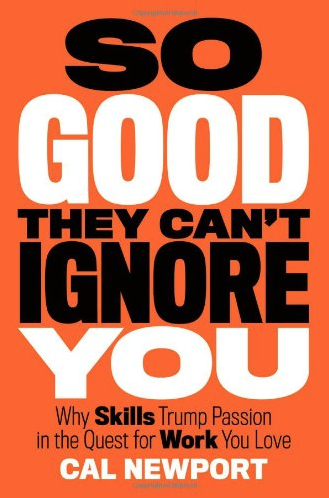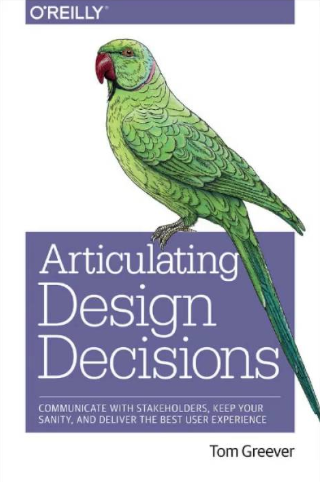Highlight from the bookshelf
I continuously feed my mind with amazing books, and I love sharing those for everyone to enjoy. Here is the top 5 of the books I have read during this first half of the year.
Principles
Ray Dalio was the CEO of Bridgewater, one of the most significant hedge funds in the world; Ray is well known for creating a company with radical transparency. Ray spent years putting content together, and he decided to group everything in his famous book titled Principles. This book is not about the financial industry or how to become a millionaire; it is about a set of guidelines that made Ray successful in solving problems, tackling difficult challenges and progressing in life. See the book on Amazon.

So Good They Can’t Ignore You
Like many other millennials, I have had many doubts about my career path. I decided to stop having doubts and do something about it. So Good They Can’t Ignore You is a tremendous book that put things in perspective and helped me overcome my doubts. The author doesn’t talk about how to become a CEO at the age of 30; instead, he enables you to design a career path where you are focused and put priorities on what matters to you. See the book on Good Reads.

Org Design for Design Orgs
After close to seven years of substantial experience in working as a designer and researcher in the digital world, I have reached the point where I need to scale the UX practice in the company I currently work for. Practising user experience design and scaling user experience design are two entirely different things, and this is why I needed some guidance to get started. This book is a must-read for anyone wanting to create or scale a UX practice. See the book on Good Reads.

Sprint: How to Solve Big Problems and Test New Ideas in Just Five Days
This book is a classic that pretty much everyone knows about, I was just late to the party. There is no doubt that the framework proposed in the book is highly effective, I have run a few design sprints, and it works! That said, like everything in life, practice makes it better; you need to run a dozen design sprints to truly master the tool. See the book on Good Reads.

Articulating Design Decisions
We have all been there, presenting design and hearing comments that don’t make any sense is part of the job. The real challenge is to filter the good from the bad while keeping everyone at ease with the design process. This book helps to structure the design review process, manage feedback and keep your sanity. I also recommend the videos that go with the book; I found myself going back to these videos as a quick refresher before a design review sessions with non designers. See the book on Good Reads.

How would you rate this post?